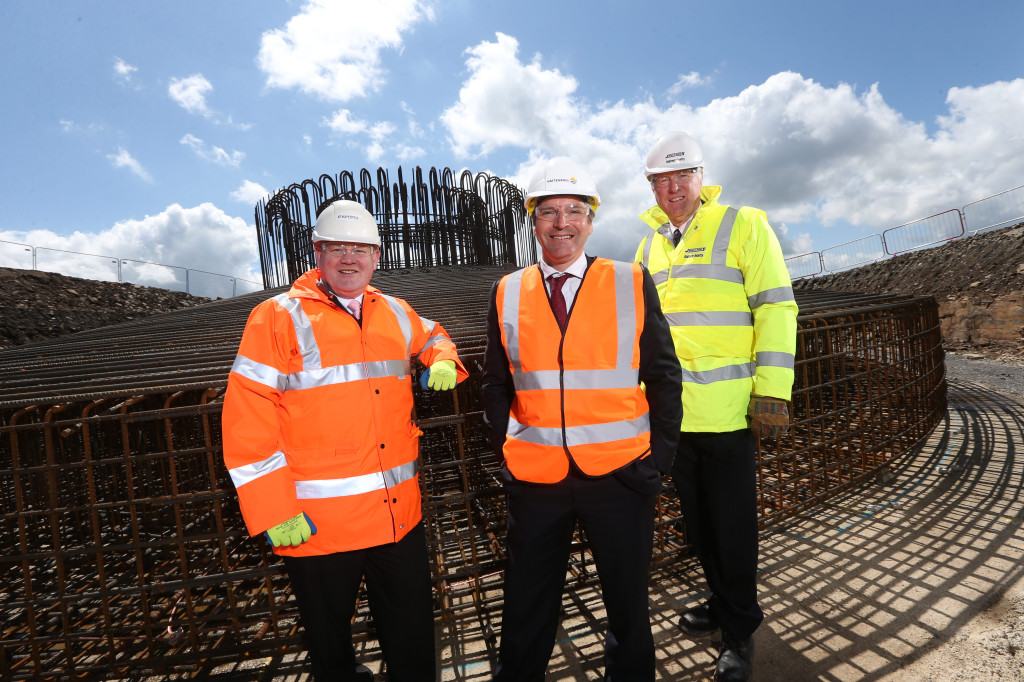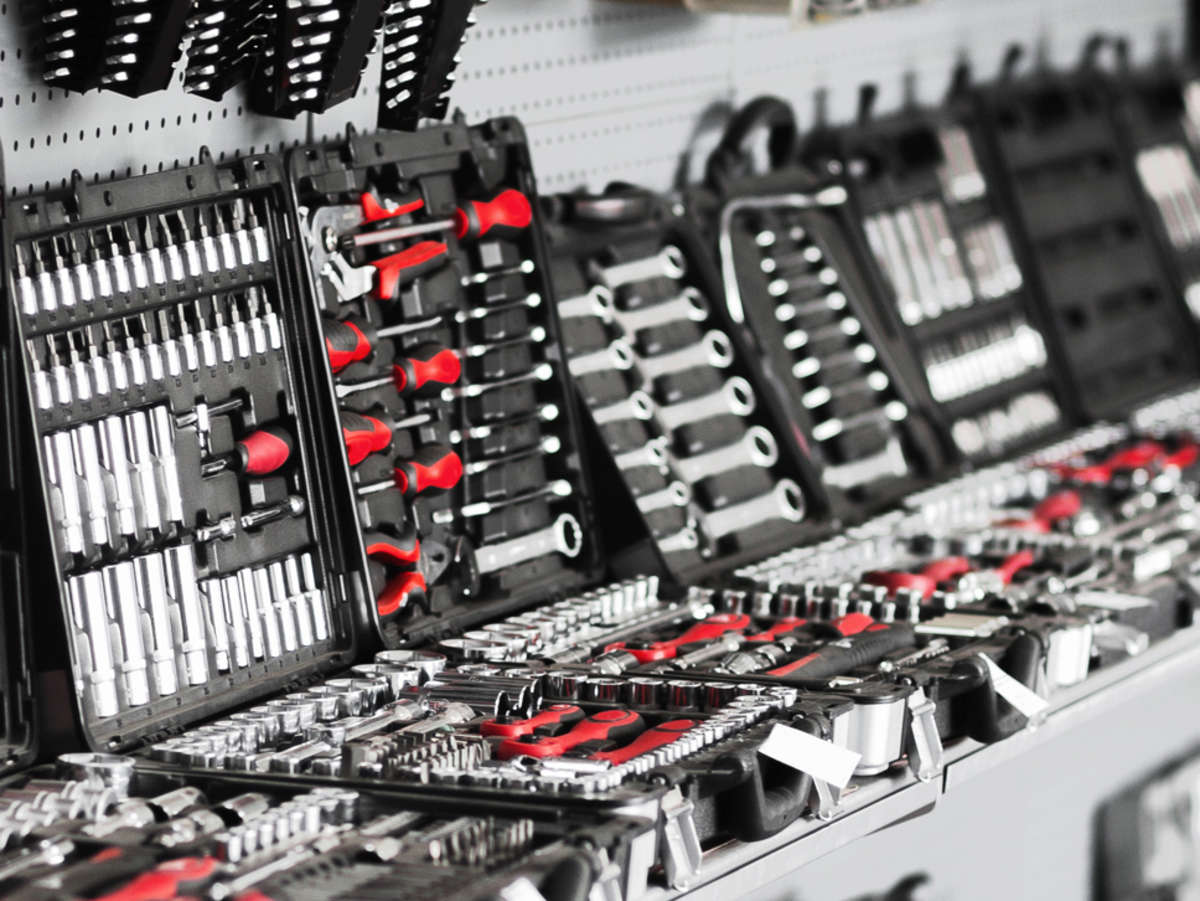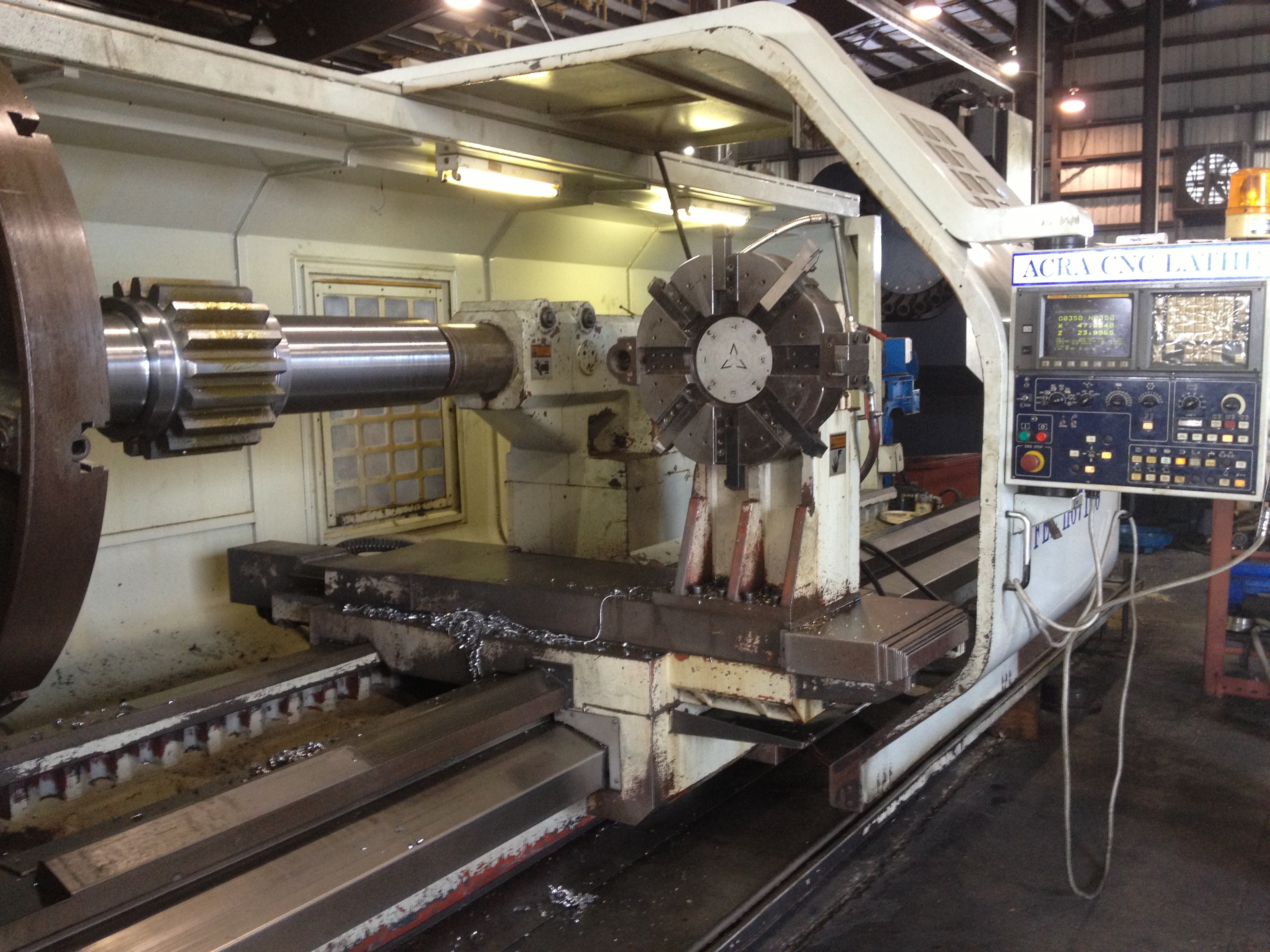British forging companies are an essential cog in a variety of manufacturing industries across the country and wider global economy. From automotive to aerospace, mining to machine tools, such companies are at the forefront of so much of what the United Kingdom produces both for domestic and foreign markets.
Even with the strength of the industry, UK forging faces a host of modern challenges. The globalisation of the market, an emphasis on reducing carbon footprints and an ever increasing demand for return on investment are just some of the forces for change in forging. This article takes a look at how the industry plans to adapt to these demands and how industry leaders are developing and implementing innovative solutions to modern challenges in forging.
Prototyping
Reducing the cradle to grave life cycle of a forged part has long been at the forefront of metal working industries and hence rapid and additive prototyping techniques are been embraced across the forging industry. Whilst the cost of such technologies is still prohibitively expensive for many businesses, the prototyping landscape is certainly one to watch over the coming decade as costs come down.
An interesting development over the past few years has been the advent of open source prototyping software. Until recently, small to medium sized companies were unable to afford expensive RP CAD-CAM solutions, meaning there was very little market for RP devices targeted at such businesses. Now smaller companies are able to access free CAD-CAM software, a new market for low resolution rapid prototyping machines has sprung up. It is only a matter of time before market forces rebalance the gap in this market with supply.
Tooling
To tackle the issues of return on investment and a reduction of carbon footprint, the forging industry has to seriously address the longevity and efficiency of its tools. The industry is aiming to add an order of magnitude to life span of forging tools whilst simultaneously reducing per-part die costs by up to a half.
These giant leaps will be made by improvements in tooling material technology as well as advancements in electrical resistance and induction.
Materials
Reducing the scrap rate in forging is another battle that has been fought over the centuries and one that does not look to be over any time soon. Leading forging companies are aiming to reduce scrap by up to 90% to reduce their environmental impact in chorus with improving return on investment.
Scrap rates are being reduced by implementing ever more accurate equipment that can achieve net shape parts including state of the art dies and modelling software.
Processes and Changeovers
The end to end process must examined and improved including pre and post forging activities to minimise cycle time, reduce scrap and ensure a consistently high quality of finish. Smart processes are increasingly being used to monitor processes in real time, identifying bottlenecks and unnecessary slack in the system.
Many companies are installing systems that recover heat usually lost as waste in order to improve furnace or heater efficiencies. Such closed loop systems recycle heat usually lost to the atmosphere, reducing the costs associated with heating.
On a similar note, advances in induction heating technologies have seriously improved the energy efficiency of many businesses; reducing emissions and improving efficiencies.
Furthermore, the drive towards single minute changeover of dies continues; reducing work in progress and lot sizes. The knock on effect of which includes work balance and a high quality of manufactured product.
Designing for End of Life
As with almost every manufacturing industry, the forging sector is now designing with end of life considerations in mind for both tools and products. Where possible both must be recyclable, closing the cradle to grave cycle. This consideration is extended further to lubricants and fuels which must be procured with end of life in mind.
To summarise, technology in forging is playing an ever increasing role in reducing the environmental impact of the industry whilst concurrently improving profitability and returns on investment. By reducing manufacturing life cycles, increasing tool longevity and maximising process efficiency, companies are using technology to ensure the industry continues to be at the forefront of metal manufacturing. Industry wide advances in prototyping, material engineering and system engineering are just some of the examples of how technology is being used in UK forging today.







